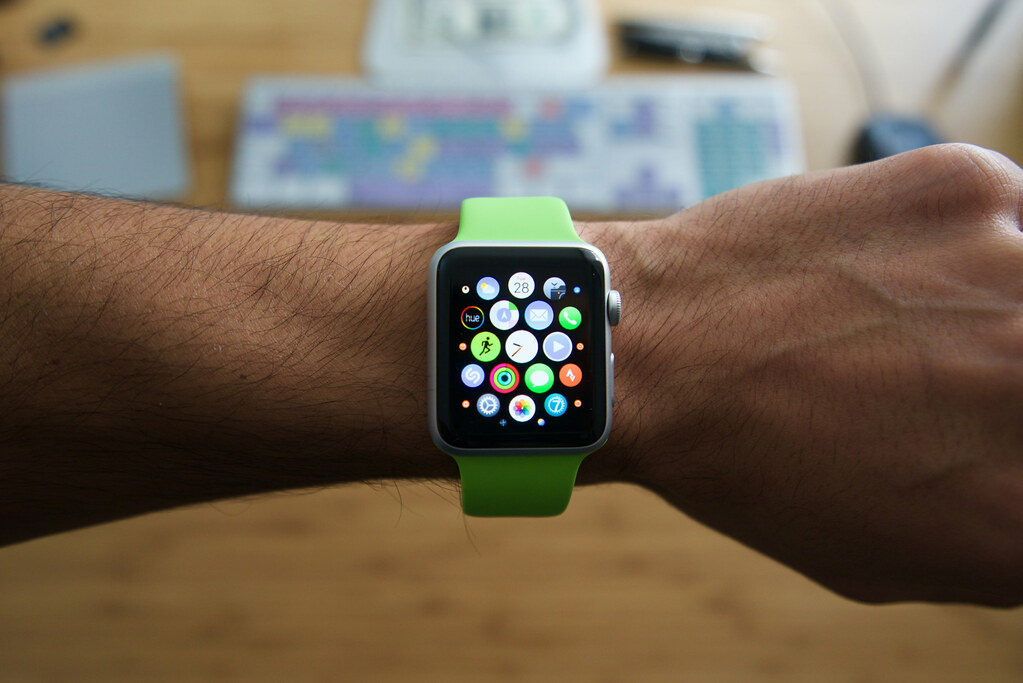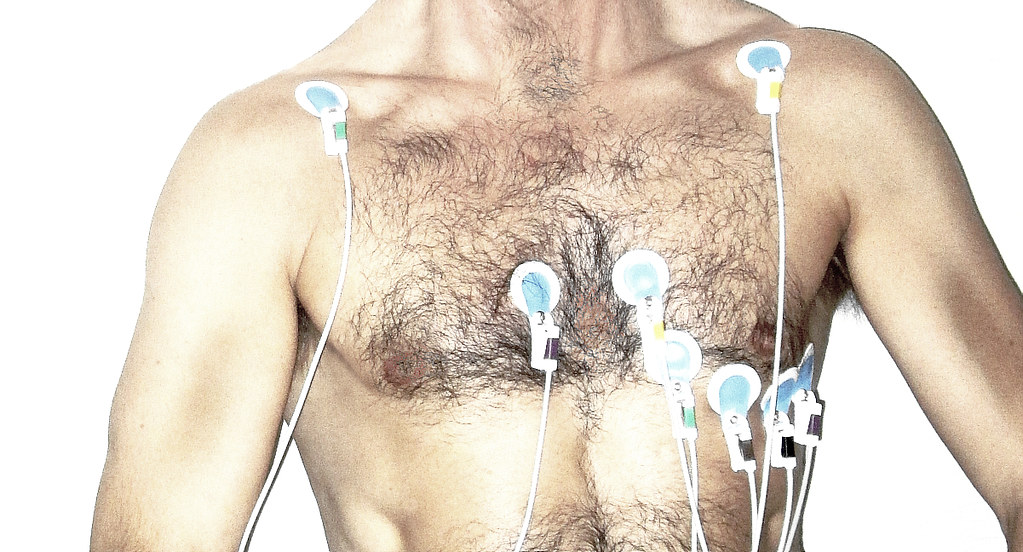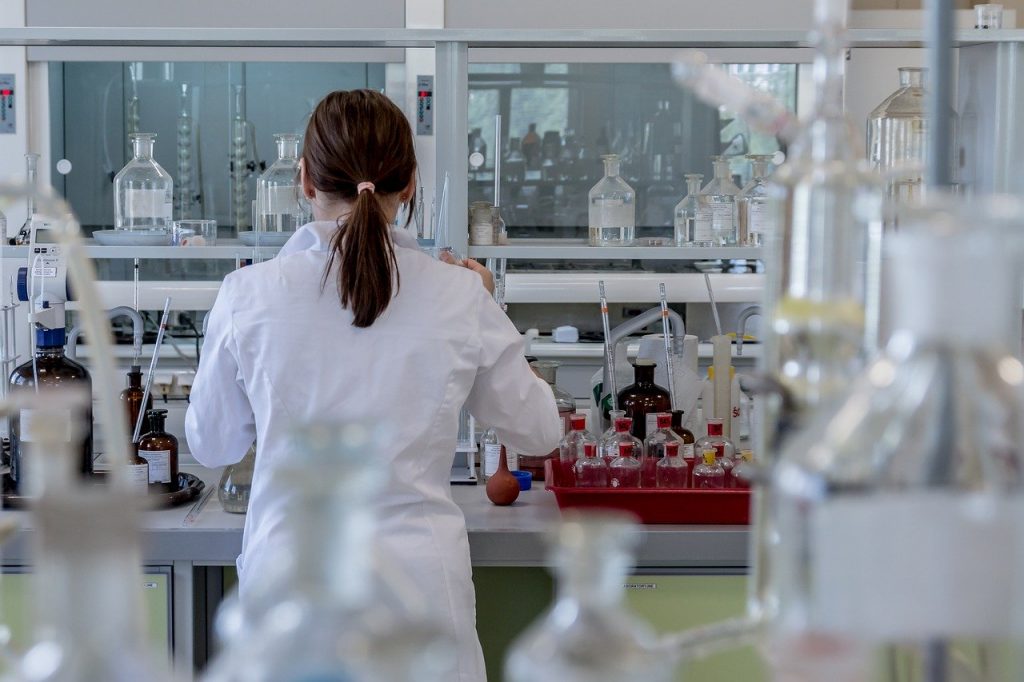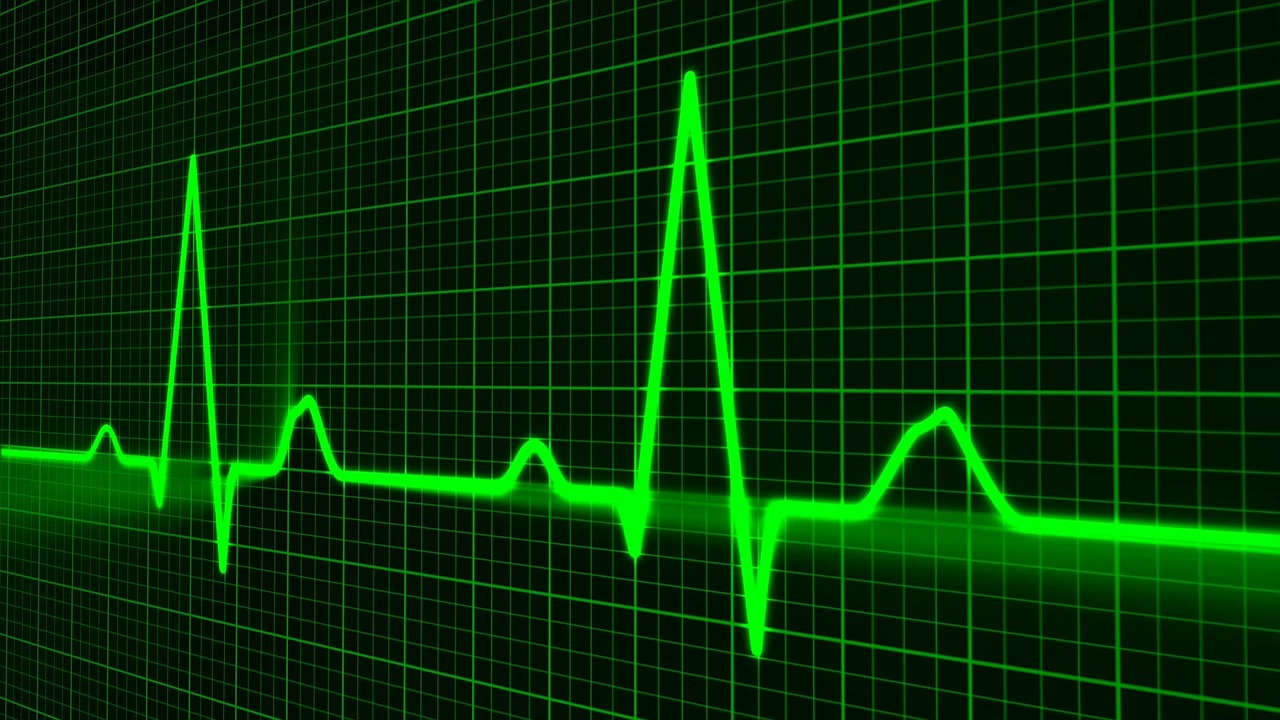Can a smartwatch save lives? Apparently that's the way it is. Researchers fromMagna Graecia University of Catanzaro keep pace with technological and scientific progress and, they claim that it will be possible to have a safe and reliable electrocardiogram even if only by using one's own “smart watch”.

A smartwatch instead of an ECG
Researchers have carried out many studies and investigations. The results were published in the prestigious scientific journal Jama Cardiology and presented at the same time as the congress of the European Society of Cardiology 2020. And they represent a huge step forward in the treatment and prevention of heart attack. Scholars from the Magna Graecia University of Catanzaro stated that Apple's smartwatch can be used as a portable ECG for early diagnosis of heart attack.

The smartwatch until now had been used for self-diagnosis of cardiac arrhythmias and to be able to keep them under control. Studies have now confirmed that by approaching unconventional and standard methodologies, this it can be a very reliable and highly sensitive tool in the diagnosis of heart attack. Placed on the patient's chest, it has a very high reliability. It can be easily used by doctors and nurses in an emergency, even when a standard ECG is not available. Taking into account that prompt intervention halves the chances of death and permanent damage.
The smartwatch becomes an ally in the cardiovascular field
Coordinating the research was the doctor Carmen Spaccarotella, of Division of Cardiology and Research Center in Cardiovascular Diseases of the Magna Graecia University of Catanzaro. The doctor explains that smartwatches are now “On the wrist of an increasing number of people. Standard ECGs involve the application of electrodes that measure the electrical activity of the heart at different points on the chest.

Photo taken from the Facebook page of the University
Smartwatches such as the Apple Watch, which we used in our experimentation and is one of the most popular in the world, are programmed to make a single electrocardiographic lead, thus allowing you to explore the electrical activity of only a part of the heart. Our study has shown that it is possible to move the watch to different body positions, thus making a nine-lead measurement similar to that of a standard ECG ”. A revolution, therefore, in the medical field, capable of saving many lives, making timely and effective diagnoses.
Continuing to trust in scientific progress
The study saw a research sample of 100 subjects. 80% had symptoms of heart attack, 20% were asymptomatic. Patients were treated with both the smartwatch and a conventional electrocardiogram. The result of the screening was surprising. The Apple Watch gave a correct diagnosis for 94% of patients, equal to the standard of a normal ECG. So with the Apple Watch it is possible to carry out an ECG in all respects similar to the standard and have the same reliability for the diagnosis of myocardial infarction. Unfortunately, there is still no software that allows you to do a self-diagnosis EGC with Apple Watch.

This means that the assessment, although the studies are reliable, must be carried out by a specialist doctor. In the future "However, it is likely that software will be made available that can automatically diagnose a heart attack, as is already the case with atrial fibrillation". We must, therefore, rely on the progress of science and the close collaboration it has with scientific and technological evolution. And why not, hope that the smart watch we wear on our wrist can be our personal life saver.





